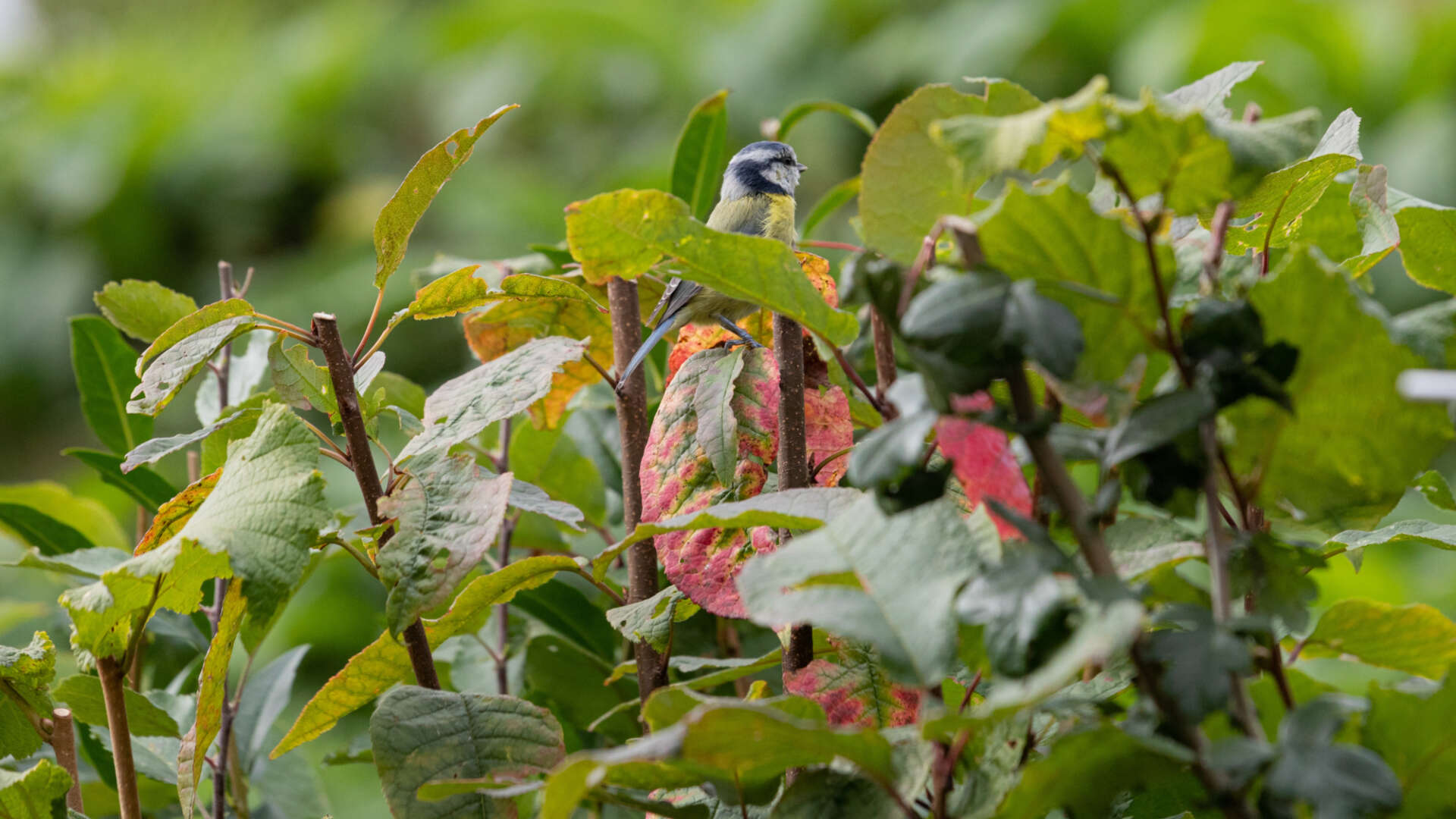Migratory birds badly affected by pesticides

A recent research paper, from the University of Saskatchewan, analysed the effect of the neonicotinoid, Imidacloprid, on white-crowned sparrows that migrate from the southern US and Mexico to northern Canada in summer. Birds were given doses equivalent to less than a single corn seed and within hours became weak, developed stomach problems and stopped eating. They quickly lost 17-25% of their weight, depending on the dose, and were unable to identify the northward direction of their migration. “Basically, these birds became lost,” said Prof Christy Morrissey. "We didn’t anticipate the acute toxicity, because the levels we gave them were so low.” Control birds that were not exposed to the insecticide were unaffected.
Imidacloprid is still used extensively in the US and Canada, despite being banned in the EU. The use of neonics is currently under review in Europe, with a decision on whether to ban them expected early next year. See here for further information on neonics.
Although the birds recovered their weight and sense of direction after 14 days, they will have lost a crucial period in their migration. As Prof Morrissey says "if birds are delayed by even a few days getting to their breeding ground, or if they are in poor condition when they arrive, they have lower reproductive success."
This paper adds to a growing body of research that proves chemicals, normally used by farmers to control insects, don't just affect bees, butterflies and other pollinators, but other wildlife. Farmland birds have declined drastically in North America and Europe in recent decades and pesticides have long been suspected as playing a role. The first evidence for a link came in 2014 when a study in the Netherlands found that bird populations fell most sharply in the areas where neonicotinoid pollution was highest, with starlings, tree sparrows and swallows among the most affected.
Neonicotinoids are usually applied as a coating to seeds, and large spills are common. Despite being bright blue in colour, the seeds are eaten by birds and other animals. “Everything from pheasant to blackbirds, house sparrows, deer, raccoons, bunnies, mice, squirrels. Lots of different animals are coming to the spills” comments Charlotte Roy, from the Minnesota Department of Natural Resources.